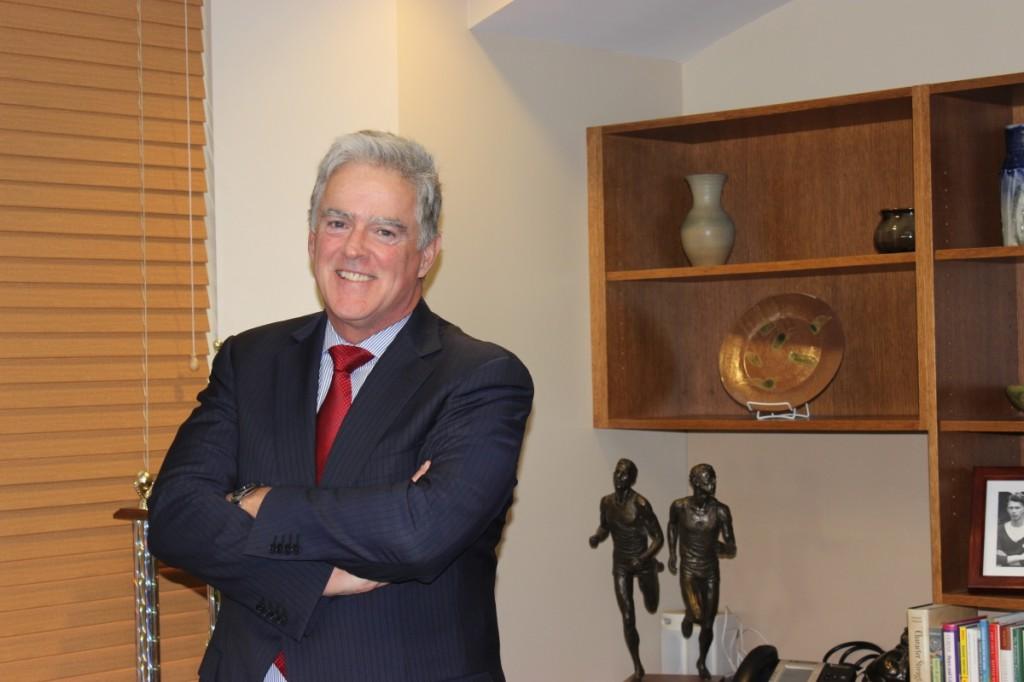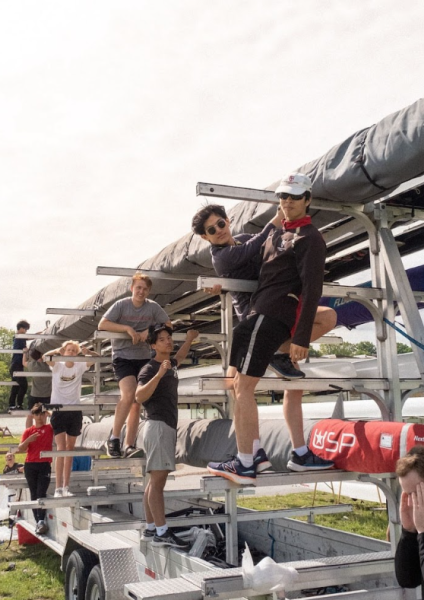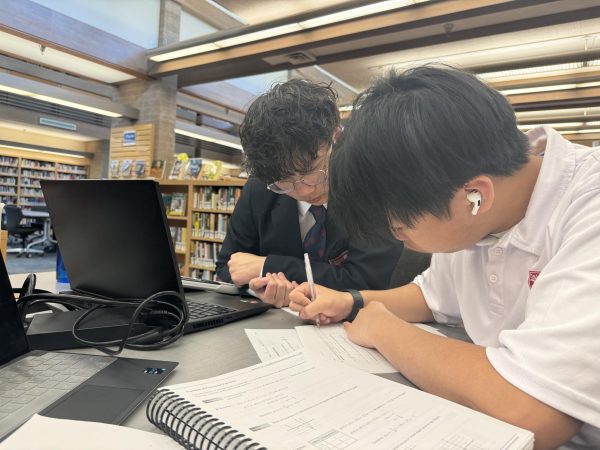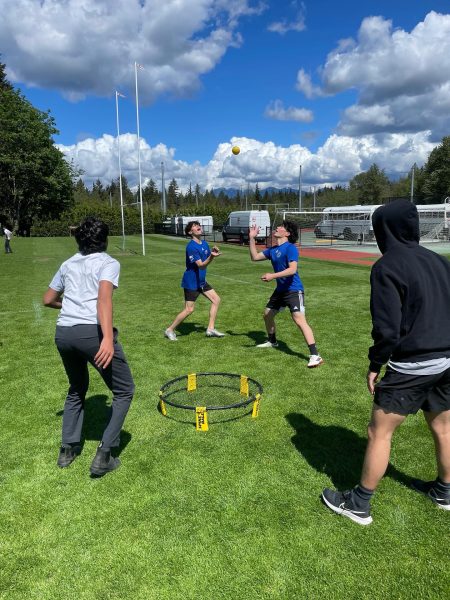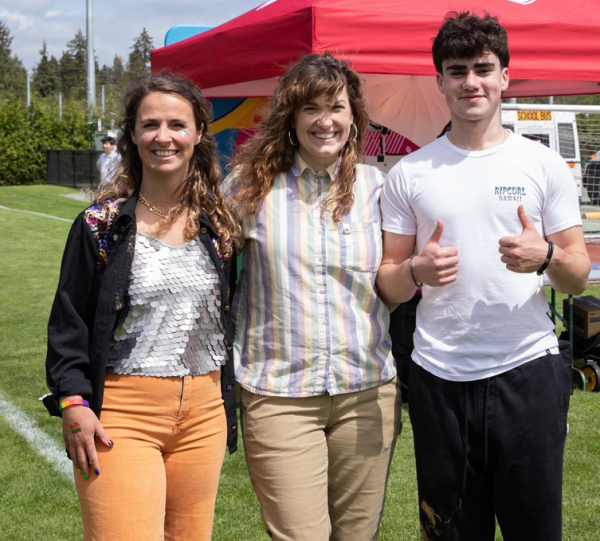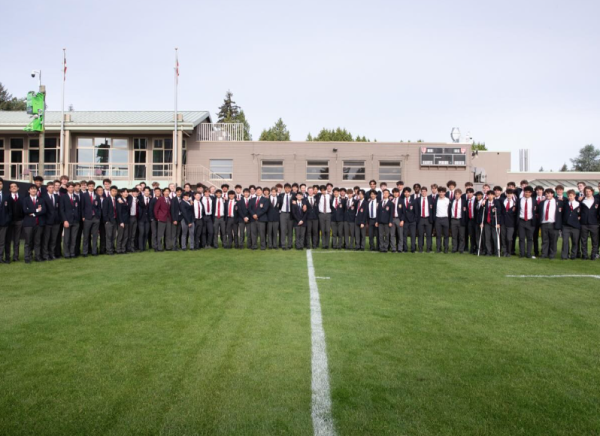Discovering the heart of our school’s core values
The majority of students and staff here at St. George’s remembers taking those surveys a few years ago. We remember reflecting upon ourselves and trying to identify the morals that each one of us lives by every day. We also remember the unveiling of the culmination of those efforts in 2011 – the naming of our school’s six core values:
Empathy. Humility. Integrity. Resilience. Respect. Responsibility.
This event truly marked the beginning of Saints’ new journey into character education, and that quest is far from over. However, that is not to say that St. George’s has not focused on character education before; this is simply a more deliberate and provocative approach.
I recently had the privilege and honour of meeting with the Headmaster of St. George’s School, Dr. Tom Matthews. He helped to shed some light on the background and motivation for developing character education at Saints as well as our core values.
The Creed (TC): When coming up with your new strategic plan a few years ago, was implementing core values at Saints the main goal, or did it emerge later on as an area of focus?
Dr. Matthews (DM): Character education emerged fairly early on, as one of the four core priorities of the strategic plan. (The four are character education, global mindfulness, environmental sustainability and boarding). Then we identified, as one of the actions linked to character education, development of a set of core values.
TC: Did you begin this (the strategic plan) as soon as you arrived at St. George’s?
DM: The strategic plan had begun a couple years before I arrived. When Mr. Nigel Toy announced his retirement the board decided to kind of put it on hold. So when I arrived in July of 2010, I had to kickstart that process of completing the strategic plan.
TC: Who else played a key role in the development of the strategic plan?
DM: There were literally thousands of people involved, because there would have been surveys involving faculty, staff, students, old boys, and parents. The way I look at it is, and I wrote the [strategic] plan and ultimately confirmed the core values, it wasn’t my role to make up the core values. We started out with a very long list of potential values, and we did surveys involving all those words, and with help from a task force, we eventually concluded that there seemed to be a consensus around the six core values.
After the interview, I realized that character education has been brought to the forefront of St. George’s daily life, in all areas of the school. However, have the students fully understood the concept since its inception? As an anonymous student remarked, “One thing that’s not really clear to me and probably other students is how we are supposed to act differently now that we have a set list of core values. Weren’t we already supposed to be embodying good character in the school?”
Dr. Matthews mentioned that at the Junior School, teachers assess students’ display of the core values on report cards, something that the school hopes will motivate the boys to fully embrace and embody the values throughout day to day school life. At the Senior school, he states that “character education is still a work in progress”. Nonetheless, he expressed his belief that school assemblies are tying in more closely to the core values. For example, in Dr. Mathews’ closing remarks during Friday full-school assemblies, he usually connects his message to the values, showing us each week that improving our character is one of the most important aspects of adolescent growth.
At the end of our interview, I asked Dr. Matthews if he feels satisfied with the school’s overall reception and implementation of our core values.
DM: I’m really happy with the process that we used to identify the six core values. There might be other organizations that get a group of people to sit around a table and decide upon which values to use and not use. But for me it was really important that everyone in the community had some input in that process. At the Junior School, it’s really exciting for me to see the more direct implementation of the core values. At the Senior School, it’s a much more gradual process, and I don’t feel dissatisfied with our progress.
I think that the key idea for us to take away from this is that St. George’s is a place for more than simply achieving high test scores and winning sports titles; the Saints community helps us grow as individuals and encourages us to constantly be improving our character. Nonetheless, some of the best areas of school life to focus on our character are academics and sports – integrity and honesty on an exam, respect and resilience on the rugby pitch and everything else in between. This, I believe, is the concept behind the core values: let’s take the aspects of St. George’s that make it such a great school, and sculpt the young men behind those accomplishments into men of even greater character – into men who deserve to be called a Saint.
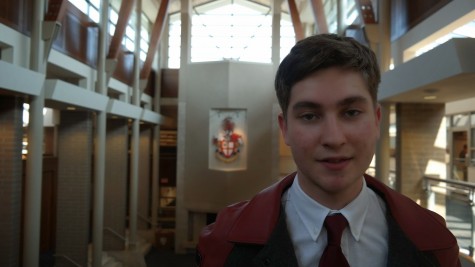
Zachary is currently a grade twelve student at St. George's Senior School. He has pursued a variety of interests such as being on the provincial Schoolreach...



